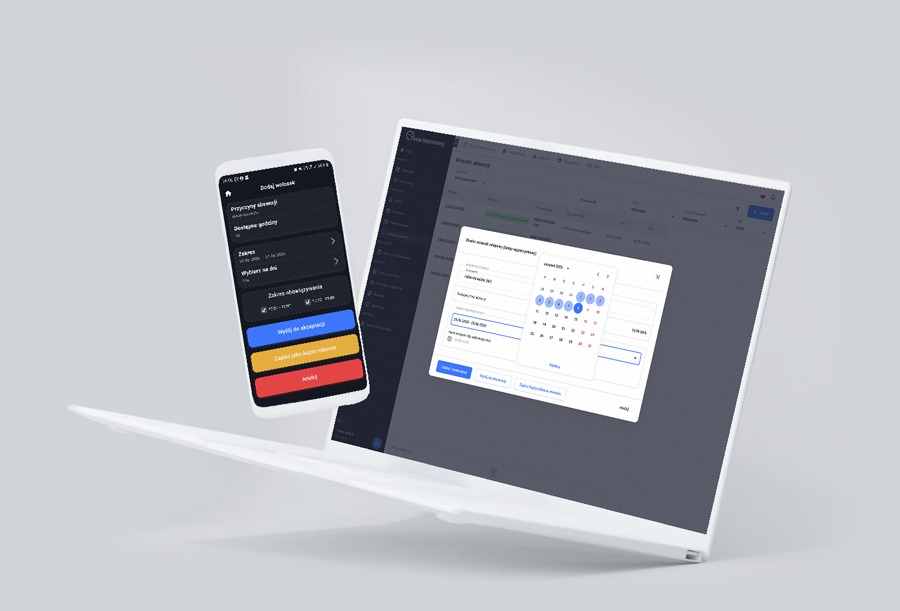Winter time change 2025 and working time – when it happens and what it means for employees
On the night of 25–26 October 2025, clocks in Poland will be set back from 3:00 to 2:00 a.m., marking the switch from daylight saving time to standard (Central European) time.
For most people, this means an extra hour of sleep. However, for night-shift employees, the Winter Time Change 2025 and Working Time mean one additional hour of actual work.
When exactly does the winter time change 2025 take place?
According to the Regulation of the Prime Minister of 4 March 2022 (Dz.U. 2022, item 539), the change to winter time will occur on Sunday, 26 October 2025 at 3:00 a.m., when clocks are set back to 2:00 a.m. Central European Time.
For employees working at night, this means that their scheduled 8-hour shift becomes 9 actual hours.
The additional hour must be correctly reflected in the attendance records and settled according to the Labour Code.
The extra working hour – how to settle it according to the Labour Code
Setting the clocks back by one hour extends the actual working time, resulting in overtime work.
Under Article 80 of the Labour Code, remuneration is due for all work performed. Therefore, the employee must be compensated for the additional hour worked during the Winter Time Change 2025 and Working Time period.
Overtime can be compensated in two ways:
- Payment of a 100% bonus for the additional hour, or
- Time off in lieu of overtime, granted:
- at the employee’s request – on a 1:1 basis, or
- at the employer’s initiative – on a 1.5:1 basis, provided that it is used by the end of the settlement period.
How Time Harmony Automatically handles the winter time change 2025 and working time
The Time Harmony system automatically detects when the time change occurs and adjusts the attendance records accordingly.
This means that the extra hour of work is added to the employee’s working time without any manual intervention from HR or payroll teams.
Automatic Overtime Calculation
Time Harmony automatically generates one overtime hour in the records for the day of the time change, fully compliant with the Labour Code.
Consistency Across RCP and Payroll Data
All data in the working time and RCP (attendance) records remain consistent – both when the clock moves back (winter time) and forward (summer time).
Why automation is essential during the winter time change 2025
Manual correction of working hours during time changes often leads to mistakes – especially in companies operating in shift systems, such as logistics, manufacturing, or service centers.
Automation eliminates human error, ensuring accurate payroll data and transparent overtime reporting.
Time Harmony automatically:
- recognizes the time change and extends the working time,
- calculates overtime and night work allowances,
- generates legally compliant reports for HR and payroll.
Legal basis for winter time change 2025 and working time
- Regulation of the Prime Minister of 4 March 2022 (Dz.U. 2022, item 539) – specifies the rules for introducing and cancelling daylight saving time for 2022–2026.
- Labour Code (Act of 26 June 1974) – guarantees remuneration for every hour of actual work performed, regardless of the reason for extending the working day.
Summary – winter time change 2025 and working time in practice
- The Winter Time Change 2025 occurs on the night of 25–26 October, when clocks are set back from 3:00 to 2:00 a.m.
- Night-shift employees work 9 hours instead of 8.
- The additional hour is considered overtime, requiring payment or compensatory time off.
- Time Harmony automatically recognizes and records the change, ensuring full compliance with the Labour Code.

Easily manage your company's working time

